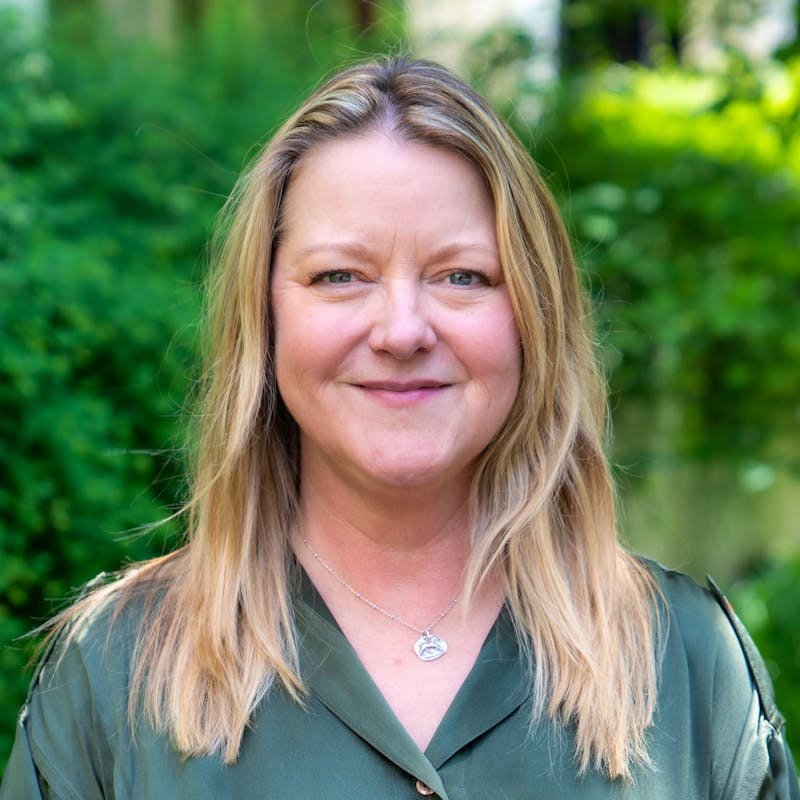The wonders of the avian world are always present out on the prairie. Whether I’m working to recover bison or conserve prairie dogs, seeing a raptor make its living is as fascinating as it comes.
Over millions of years, raptors have evolved to be the most efficient winged predators in the world. To survive they have to be stronger, faster and have sharper senses than their prey. Raptors are not just fierce, but incredibly intelligent and loyal to their families. And they are an important part of a healthy prairie grassland ecosystem.
Raptors: An Overview
A raptor is a carnivorous bird that feeds entirely on the animal it hunts. These birds use powerful talons to kill and carry their prey. Each raptor species has evolved with a unique beak that allows them to do special jobs. For example, osprey beaks have a hook to help them grip fish. Prairie falcons have a notch in their beak, called a falcon tooth, which slips neatly between the neck bones of their prey.
Raptor tails are also specially designed. They help the birds attract mates and balance on perches. Spread wide, the tail makes a larger sail, helping the bird soar better. When folded, the bird can glide at high speeds and by turning the feathers the raptor can steer. Tails are also the best way to identify raptor species.
There are several amazing raptors living on the plains, but these are some of the species I see most often when working on prairie grasslands.
Red-tailed Hawk
I’ll never forget watching two red-tailed hawks perform like a duet in the sky with their fanned red tails spread wide. This raptor’s call is a raspy keeee-arr scream that starts off high, then trails off.
Adult red-tailed hawks have dark brown bands on their off-white chests and young have brown-banded tails. Those on the Northern Plains are the only population to migrate to more southern parts of their range.
Ferruginous Hawk
I see ferruginous hawks the most. They soar over the prairie dog colonies where we conduct our black-footed ferret surveys. Like many species, ferruginous hawks fly by gliding, flapping and hovering over identified prey they’ve spotted with their incredible vision. Ferruginous hawks’ eyes are set close together, allowing them to see depth perception and in three dimensions to better target their prey.
Swainson’s Hawk
The Swainson’s hawk summers on our prairie grasslands and then migrates to South America late September to October. While perched, this bird looks slender with its wings formed in a “V” and sometimes rocking side to side in the wind, similar to how a Turkey Vulture soars. In fight, the wing linings stand out against the blackish wing feathers. The Swainson’s hawk hunts in groups and prefer to fly low. They will do a “kite” and hover above their prey before attacking, but it will also use perches or fence posts for hunting. These hawks can be seen on the ground too, stalking prey from grasshoppers to prairie dogs.
Swainson’s hawks come in two colors: light and dark. The light-colored birds are dark brown on top, with a white face, reddish-brown chest and white belly. The dark birds have a dark brown face, chest, and belly. Both varieties have a gray tail with one thick black band near the edge, which is what I usually look for while using my binoculars to identify this species.
Prairie Falcon
I always hope to spot the prairie falcon in the field, as they are uncommon and declining in some areas. The prairie falcon is a rather aggressive raptor. They are large, with light brown upper parts, a pale chest spotted or steaked with brown areas at the base and under the wings. Their wings are rounded at the tip. Their tails are long, pale and banded.
Prairie falcons tend to sore with quick wing beats and are fascinating to watch on the grasslands as they fly over our field sites.
Burrowing Owl
The Burrowing owl is by far my favorite raptor and is incredibly cute. I especially enjoy seeing them in the prairie dog towns where we work, and they live and raise their young in prairie dog burrows. This small owl with long legs and a short stubby tail has a brown body, speckled and barred with white. Their heads are small with no ear tufts.
Their calls are easy to identify. Males call with a high-pitched sad-sounding coo-coo-cooooo. Females' calls are more like eeep and they also bark and scream. Burrowing owls can also imitate a rattlesnake’s rattle to scare away predators.
Though burrowing owls hunt mainly at night, they can often be seen propped on top of a prairie dog burrow blinking. They have incredible huge yellow eyes. While conducting our fieldwork if we get too close, these owls give us a signal by bowing up and down before ducking underground. Their predators include coyotes, badgers and foxes. The ones I see on the grasslands are there year-round but many in the West migrate as far south as Central America.
American Kestrel
The American kestrel is the smallest hawk in North American and one of the most common. You can see this robin-sized falcon along the roads we use to access our larger prairie grasslands and near ranch buildings. Their call is sharp and piercing, killy-killy-killy. They too migrate in small groups as far south as Panama, an incredible distance. Their food of choice are insects, small mammals and reptiles.
All these birds, perched at the top of the food chain are hunters and scavengers, and they watch, soar, dive and hunt every day. It is a privilege to see them making a living out on our prairie grasslands. Just as I am often lucky enough to hear the keeee-arrrr echoing across the prairie, I am reminded of the important work we are doing to protect all our native species of the prairie ecosystem.













